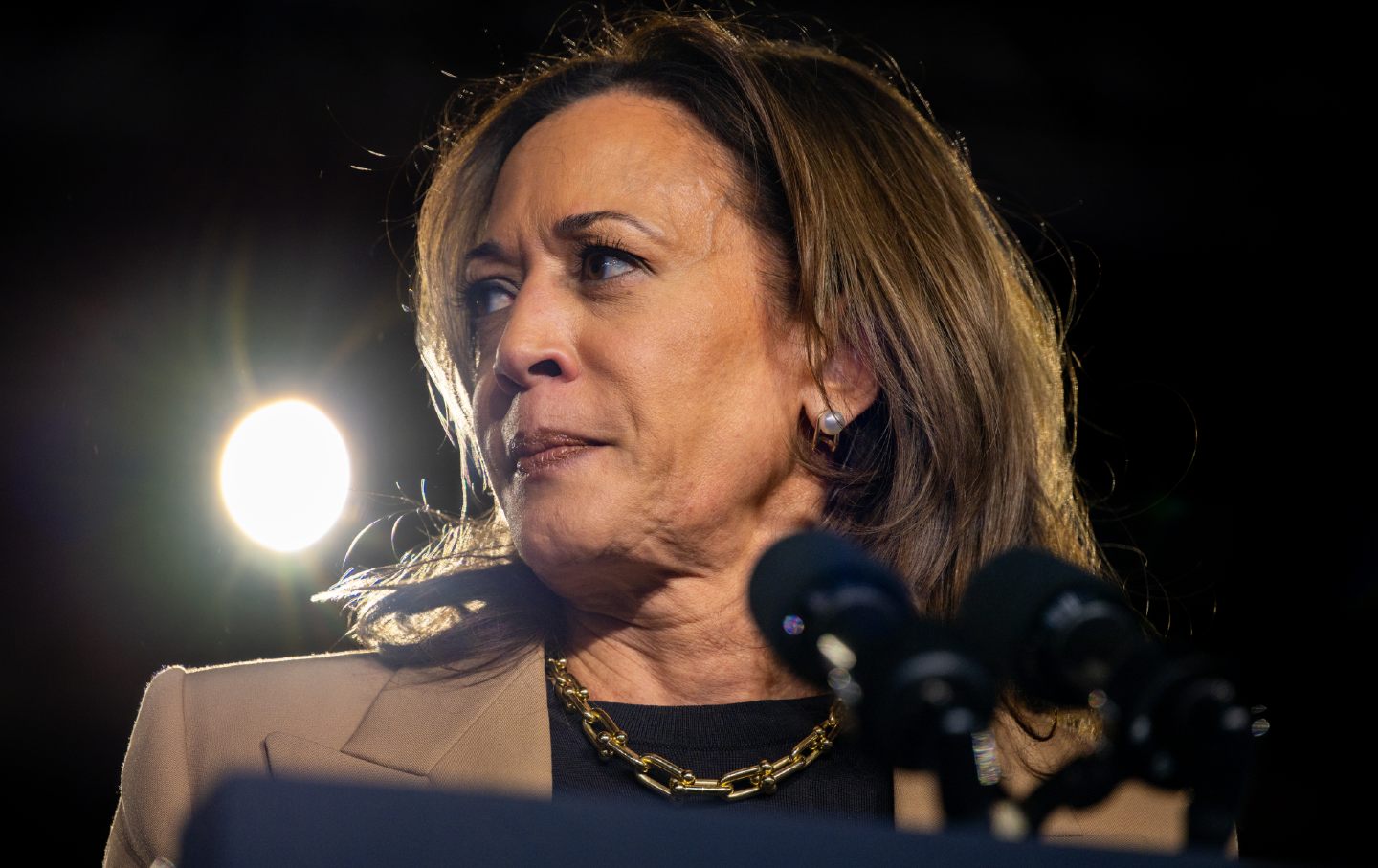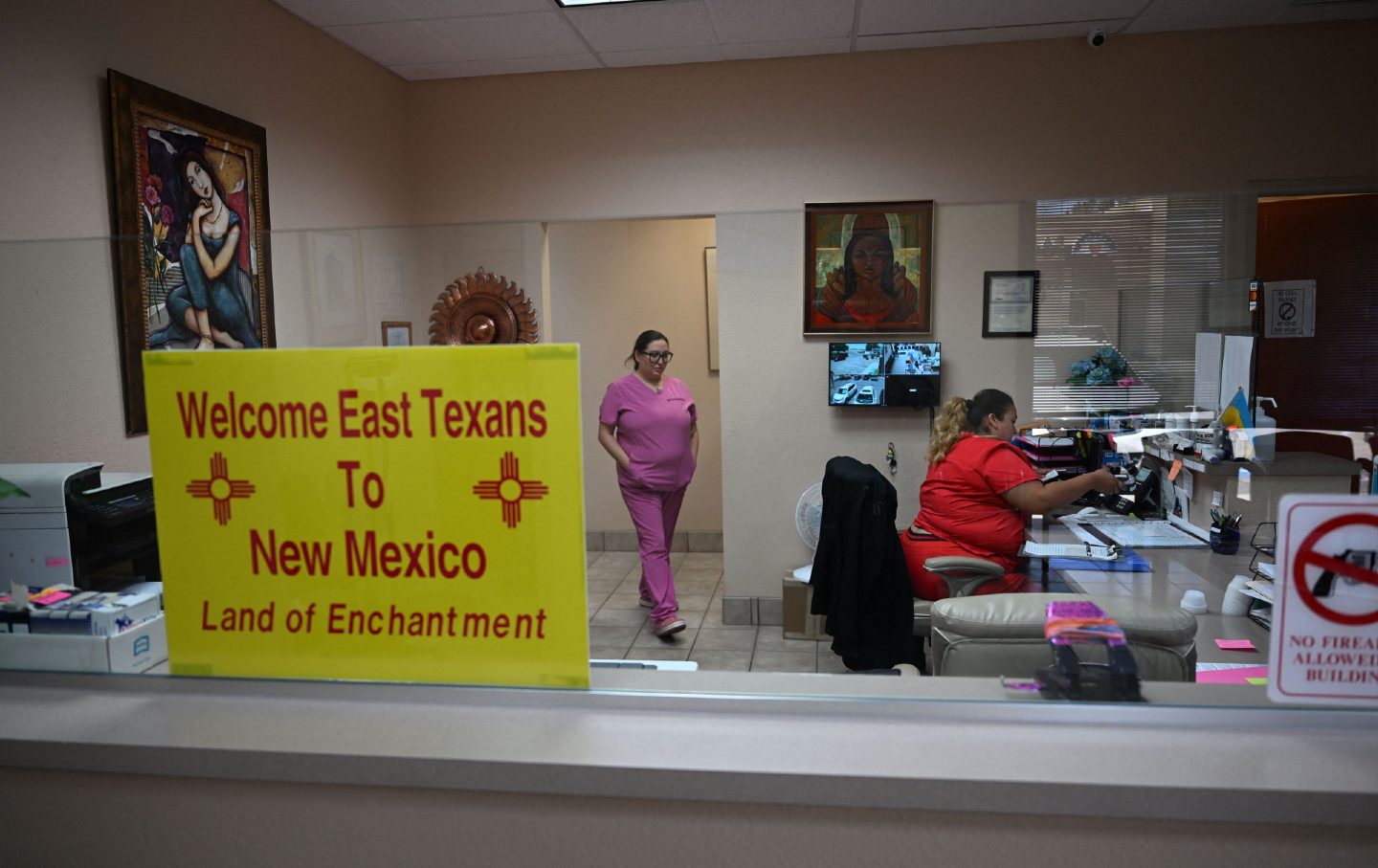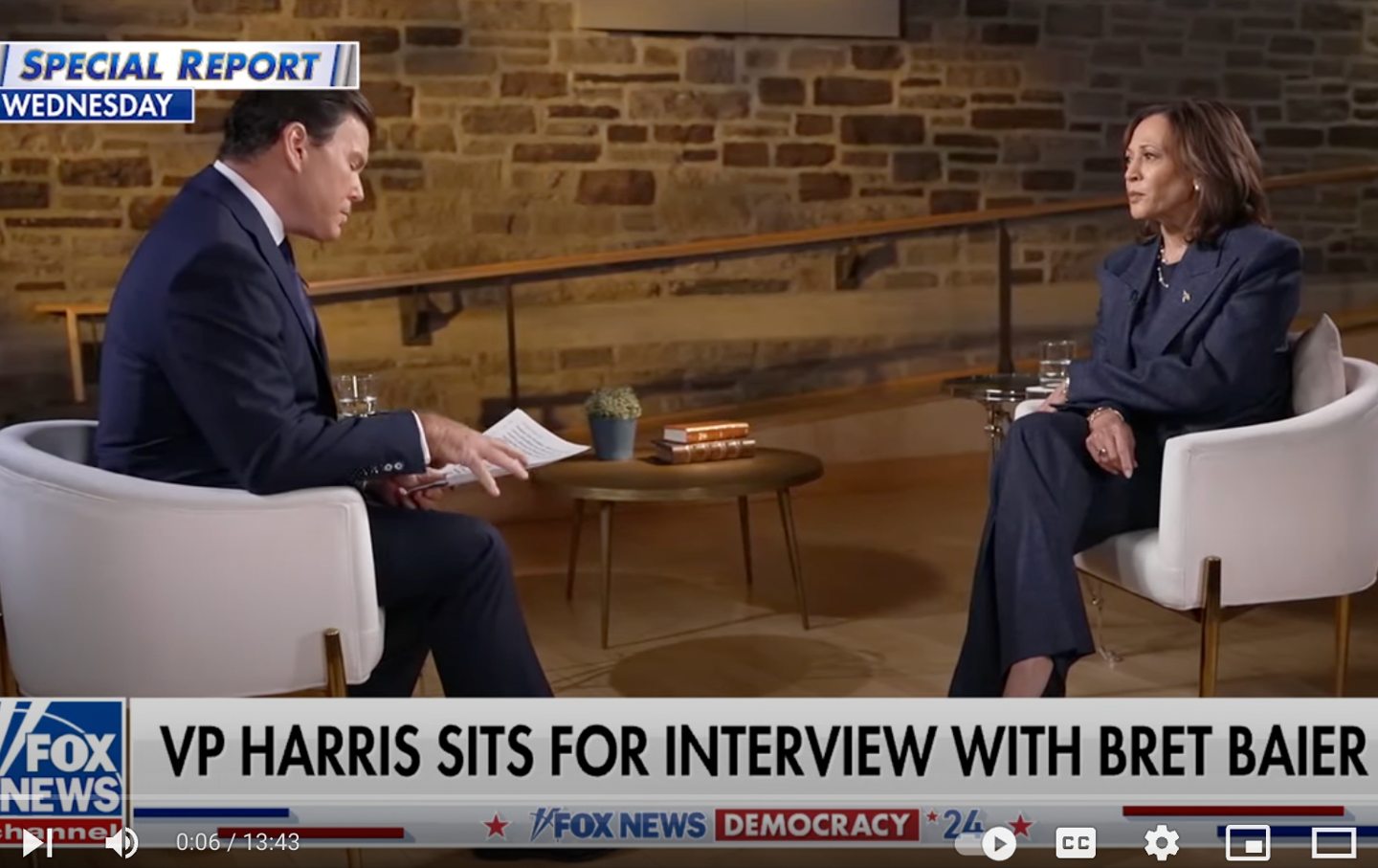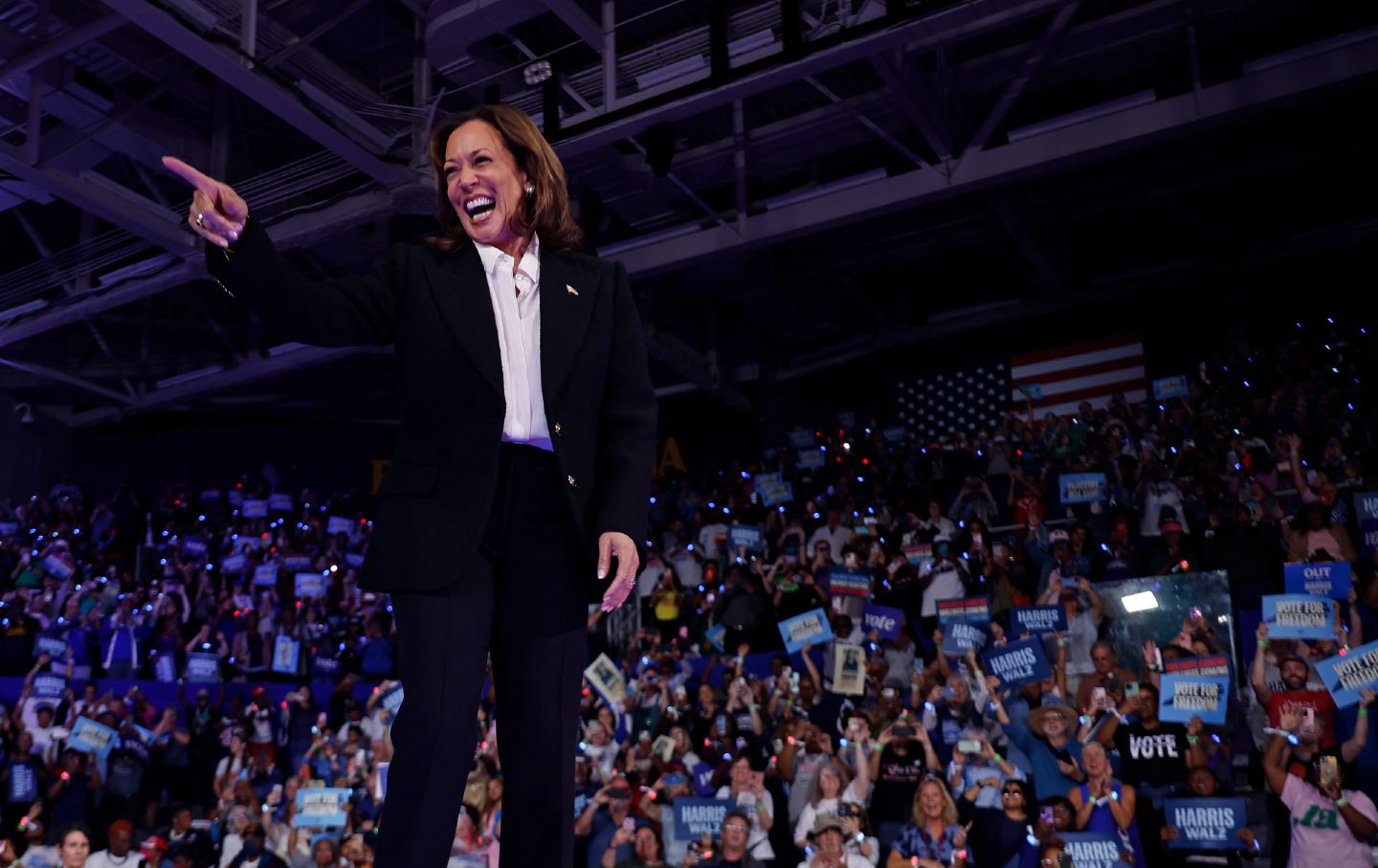
The Harris Campaign Needs to Name Other Culprits Besides Donald Trump The Harris Campaign Needs to Name Other Culprits Besides Donald Trump
By not naming those responsible for the economic woes that still plague working Americans, Democrats lack a credible story about what they’re going to change—and who is to blame.
Oct 18, 2024 / Zephyr Teachout

Copper Colonialism Is Wrecking Zambia’s Farmlands and Waterways Copper Colonialism Is Wrecking Zambia’s Farmlands and Waterways
Zambia is just one of several nations experiencing a new type of colonialism, this time with a green capitalist veneer.
Oct 17, 2024 / Joshua Frank

A Plot to Legalize Abortion Travel Bans Takes Root in Texas A Plot to Legalize Abortion Travel Bans Takes Root in Texas
This November, Amarillo will vote on an ordinance that could turn the city into a “sanctuary for the unborn” —and tee up a legal case with the Trumpiest of Trump judges.
Oct 17, 2024 / Elie Mystal

Trump and Harris Take On Fox News Trump and Harris Take On Fox News
Harris, mostly, prevails. Trump remains Trump.
Oct 17, 2024 / Joan Walsh

Chiefs Placekicker Harrison Butker Goes Wide Right and Finds Political Power Chiefs Placekicker Harrison Butker Goes Wide Right and Finds Political Power
The Kansas City Chiefs kicker has started a far-right super PAC to encourage conservatives to vote for “traditional Christian values.” He is part of a terrifying political trend.
Oct 17, 2024 / Dave Zirin

In Lebanon, Israel Is Only Sowing the Seeds of More Bloodshed and Terror In Lebanon, Israel Is Only Sowing the Seeds of More Bloodshed and Terror
The history of Israel’s incursions into Lebanon are a series of lessons in futility and the arrogance of power. If only anyone were paying attention.
Oct 17, 2024 / Charles Glass

The “Dark Elf” Leading Tech’s Extreme Right The “Dark Elf” Leading Tech’s Extreme Right
On this episode of Tech Won't Save Us, Julia Black on Curtis Yarvin.
Oct 17, 2024 / Podcast / Paris Marx

Hitting the Tipping Point Hitting the Tipping Point
The planet is showing us that it can’t be business as usual.
Oct 16, 2024 / OppArt / Peter Kuper

Black Men Will Vote for Harris—White Men Are the Problem Black Men Will Vote for Harris—White Men Are the Problem
Why is the media talking so much about the fraction of Black men who might go MAGA when more than 60 percent of white men will vote for Trump?
Oct 16, 2024 / Elie Mystal

